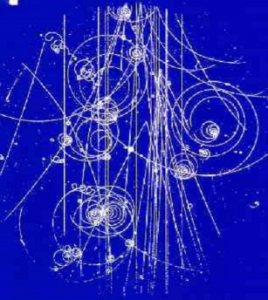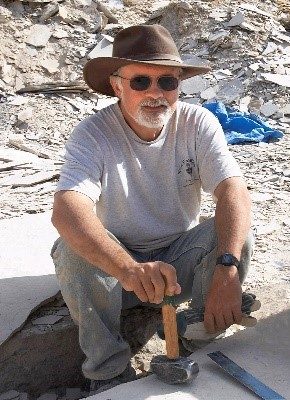
Chicago Council on Science and Technology, Fermilab, and
Chicago Public Library, Harold Washington Center Present
Fermilab and the New Frontiers of Physics
Continue reading “Fermilab and the New Frontiers of Physics”
Library content is labelled in admin pages as ‘Post’ under the ‘Category’ column

Chicago Council on Science and Technology, Fermilab, and
Chicago Public Library, Harold Washington Center Present
Fermilab and the New Frontiers of Physics
Continue reading “Fermilab and the New Frontiers of Physics”
Hear what students and professors alike have to say about what needs to be done to progress the sciences.
Most of us have been to natural history museums–toured the exhibits, pored over collections of bugs and bones–but who decides what goes on display? How did it all end up there? And what exactly does a curator do?

Chicago Council on Science and Technology and the Chicago Maritime Museum Present
Curators: Behind the Scenes of Natural History Museums
with Lance Grande
Continue reading “Curators: Behind the Scenes of Natural History Museums with Lance Grande”
Former WBEZ host and self-professed geek Aaron Freeman traveled to Carbondale to see this year’s solar eclipse from the path of totality. The comedian, author, and artist in residence with the Chicago Council on Science & Technology talked Worldview through the moment of totality, and eclipse-themed yoga happening downstate.
Aaron interviews WTTW’s Chicago Tonight ace correspondent Elizabeth Brackett on the Army Corps latest plans to stop the asian carp invasion. Watch on our Facebook page here.